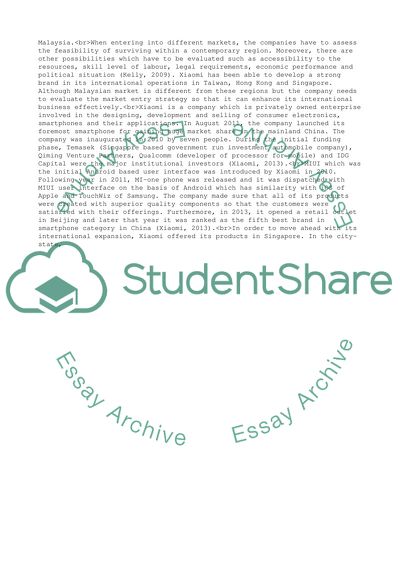Cite this document
(From Local to Global: Strategies for International Development Essay, n.d.)
From Local to Global: Strategies for International Development Essay. https://studentshare.org/business/1815554-from-local-to-global-strategies-for-international-development
From Local to Global: Strategies for International Development Essay. https://studentshare.org/business/1815554-from-local-to-global-strategies-for-international-development
(From Local to Global: Strategies for International Development Essay)
From Local to Global: Strategies for International Development Essay. https://studentshare.org/business/1815554-from-local-to-global-strategies-for-international-development.
From Local to Global: Strategies for International Development Essay. https://studentshare.org/business/1815554-from-local-to-global-strategies-for-international-development.
“From Local to Global: Strategies for International Development Essay”. https://studentshare.org/business/1815554-from-local-to-global-strategies-for-international-development.


